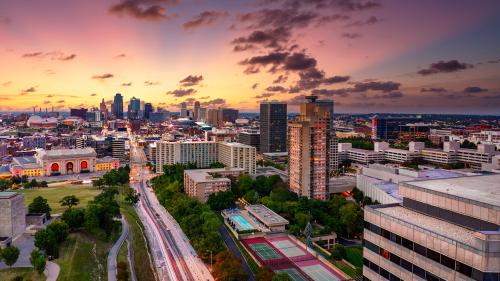Cities have been generating suburbs for as long as records have existed. Most of the world’s large cities are growing outward now, and very likely the pace will accelerate in the new age of information networking. Unpopular as the word is in some quarters, it is hard to avoid concluding that “sprawl” is most people’s preferred lifestyle. Because no one wants to appear to contradict popular choices and interfere with the principle of consumer sovereignty, the critics of sprawl instead blame distorted prices, such as automobile subsidies and mortgage interest deductions, and claimed but unregistered costs of sprawl, such as unpaid-for infrastructure, lost agricultural output, congestion, and dirty air.
The cost position, however, is encumbered with at least two problems. First, most of us are not cost minimizers. Rather, we tradeoff costs for perceived benefits. And second, the costs argument is empirically shaky. Traffic “doomsday” forecasts, for example, have gone the way of most other dire predictions. Why? Because suburbanization has turned out to be the traffic safety valve. Increasingly footloose industry has followed workers into the suburbs and exurban areas and most commuting now takes place suburb-to-suburb on faster, less crowded roads. The last three surveys by the Nationwide Personal Transportation Survey (NPTS) show increasing average work trip speeds—28 mph in 1983, 32.3 mph in 1990, and 33.6 mph in 1995.
The Brookings Institution is committed to quality, independence, and impact.
We are supported by a diverse array of funders. In line with our values and policies, each Brookings publication represents the sole views of its author(s).



Commentary
Prove It: The Costs and Benefits of Sprawl
September 1, 1998